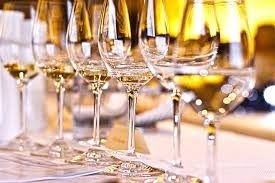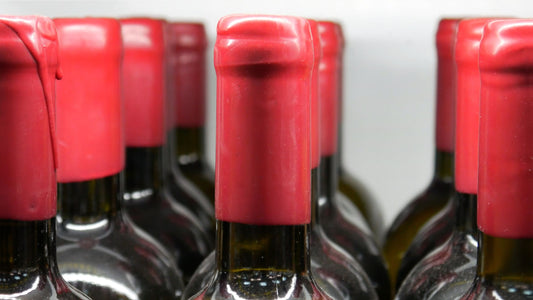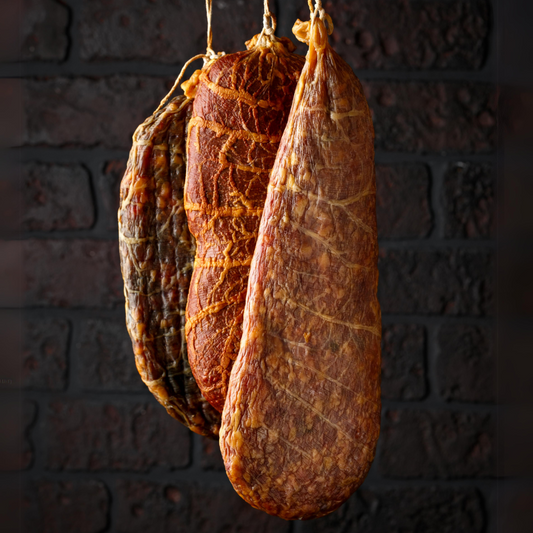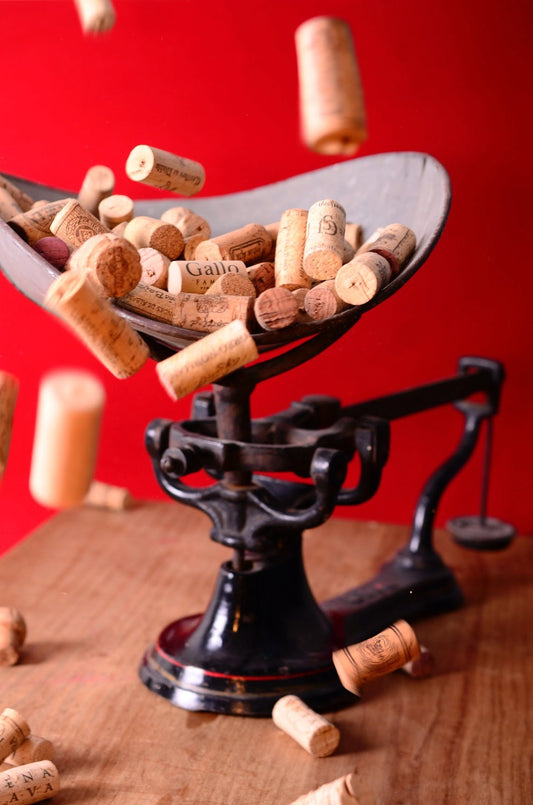How to make White Wine

White epitomizes purity. And white wine fits into the same category. A beautiful tasting wine that is fermented without any kind of skin contact. White, pristine and pure. The colour however varies: straw-yellow, yellow-gold or yellow-green depending on the method of preparation. Alcoholic fermentation of the non-coloured pulp of grapes results in this elixir.
Making wine might sound like a cumbersome process, especially when there are inexpensive bottles available in the market. But making your wine has its own perks. It is pure. Every ingredient that goes into your wine is under your control. You can make as much wine as you need and want. It is a wonderful gift too. Most importantly, the process is a lot of fun and can act as a great opportunity to bring your loved ones together.
Here is a simple guide to help your make professional, white wine at the luxury of your abode. Read on to know more:
DAY 1
STEP 1. Prepare your Work Area Clean and sterilize all equipment that may come into contact with the grapes or juice. Make sure that all the sterilizer has drained out of containers before using them.
STEP 2. Crush Grapes into the Wine Press
- Destemming is not necessary for good results.
- Crush directly into the press, or crush into a bucket and tip the bucket into the press.
- Collect the juice in a food grade container. Dissolve the pack “Day 1 No. 1” in a glass of water. When dissolved, add to the juice. Mix well. “Day 1 No. 1” is Potassium Metabisulphite and it is used to kill wild yeast, bacteria etc.
- Take out a sample of the juice and test it with a pH meter. The pH should be 3.1 to 3.4.
- If the pH is higher than 3.4, add Tartaric Acid, considering the following indications: pH 4.0 pH 3.8 pH 3.6 pH 3.5 Dissolve tartaric acid in some cooler-down, boiled water. When dissolved, add to the must and stir well.
Test the juice with a hydrometer:
- The ideal reading for making good wine should be 12 to 13.5 Be’. If the must presents different readings, then grape concentrate/dextrose or water should be added.
- For every Baume’ degree less than 12, ad one liter of grape concentrate/dextrose (per 5 boxes of grapes)
- For every Baume’ degree more than 13, add ¾ liter of cold boiled water per box of grapes. Take out a glassful of juice and mix “Day 1 No. 2” in. Enzymes help to improve the juice yield and to separate skins from pulp. Add the mixed enzymes to the rest of the juice and stir well.
- Cover the must to keep it free from dust and insects. After using “Day 1 No. 1” you must wait 12~24 hours before adding the day 2 packs. For better results, the juice should be refrigerated.
DAY 2
STEP 3. Transfer the Juice into your Fermentation Container
- Make sure that you leave the sediments behind.
- The fermentation container needs to be only 2/3 full.
- Put the rest of the clean juice into another sterilized container and keep it cold.
- You will use this on day 5 or 6.
STEP 4. Yeast Addition
- Rehydrate the yeast and pour into must.
- Do not mix.
- Fit an airlock onto the container/barrel/tank.
DAY 3
STEP 5. Fermentation
- Dissolve ¼ of the pack “Day 2 No. 1” (yeast nutrient) in water
- Add to the must and mix well
- Plunge the must from the bottom to the top to help fermentation and aeration
DAY 4 Onwards
- Dissolve the rest of the pack “Day 2 No. 1” (yeast nutrient) in water, add to the must and mix well. This will work as a yeast booster.
- By now the must should be fermenting visibly. Bubbles will be coming through the airlock.
- As the bubbling slows down, top up the container with the juice that was stored in the refrigerator.
- The aim is to fill the container(s) as much as possible, leaving space for bubbling, so that when the fermentation is over the container is full.
- Keep the wine warm, ideal temperature range would be 18-20°C.
STEP 6. Completion of Fermentation
Fermentation is complete when all these tests are true:
- No more bubbles come through the airlock
- Hydrometer reading is well below 0 Baume’ (-1.4 to -1.9 Be’)
- The wine no longer tastes sweet
If the wine gets too cold, you will need to warm it up to 18-20°C to make sure sugar fermentation is complete. Test the wine with a pH meter: ideally it should be 3.2 – 3.4. If higher, ask us before adding any more tartaric acid.
STEP 7. Bentonite Treatment
When you are certain that the wine has finished fermenting, prepare the bentonite in water, following instructions on the packet.
- Add the prepared bentonite to the wine and mix strongly. The correct procedure for using bentonite is to do a fining trial to determine the minimum quantity necessary to keep the wine from going cloudy in the bottle.
- Wait about 2 weeks before proceeding to the next step.
- Do not disturb the wine during this two-week period, so as not to interfere with the clarification process.
- It is best to refrigerate the wine to 5°C during this period to prevent crystals from forming in the wine after bottling.
STEP 8. Racking (Changing or Cleaning the Wine)
- Prepare PMS (Potassium Metabisulphite: in powder or in tablet form) according to directions and add to the clean empty container (barrel, demijohn or stainless-steel tank) you are planning to put your wine into. 
- Take the wine out of the fermentation container and pour it into the above-mentioned container, over the PMS.
- Ensure to leave all the sediments in the fermentation container. Make sure that the container is full of wine (if using a wooden barrel, check every week and top up if necessary).
STEP 9. Maturing the Wine
- White wine needs little maturing. If it was clear at Step 8 (Racking), then it will be ready for drinking/bottling in 3 to 4 weeks.
- If the wine does not come clear in this 3 to 4-week period after racking, more bentonite may be needed.
- Bring us a sample of wine for further advice if this happens.
- Before you bottle the wine, we strongly recommend to test the Sulphur amount in your wine, to check if the levels are enough for storage and bottling. (This test is done in the lab and requires 5/7 working days for the results to be sent to you).
STEP 10. Bottling
Bottle the wine when considered ready to drink. We recommend that you get the wine analyzed before bottling, in order to make sure that there is enough free Sulphur Dioxide (Metabisulphite): the required levels will avoid spoilage and improve the characteristics of the wine.
- Use of insufficient preservative (PMS) is the most common cause of wine deteriorating in the bottle.
STEP 11. Enjoy Your Wine!






